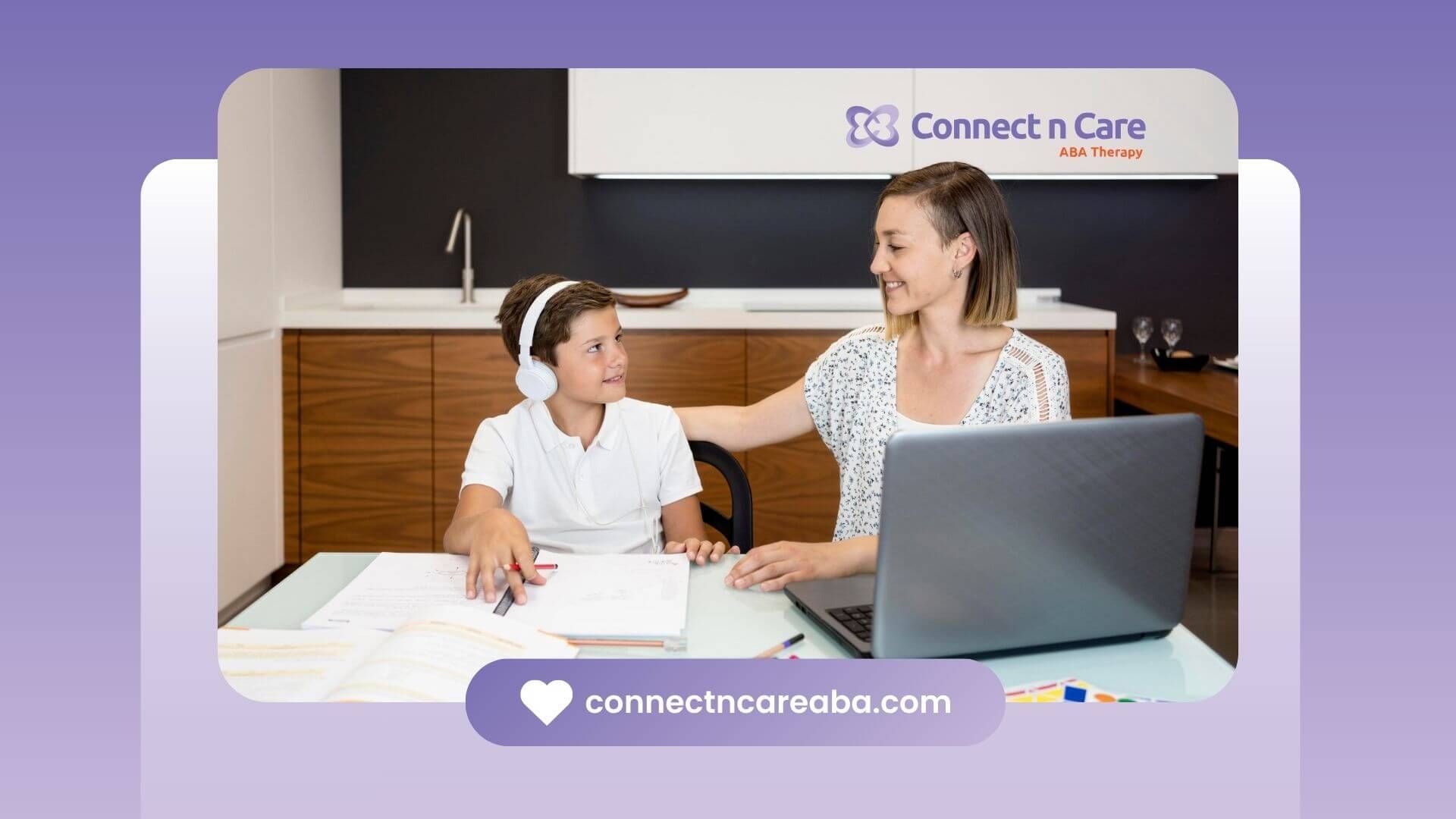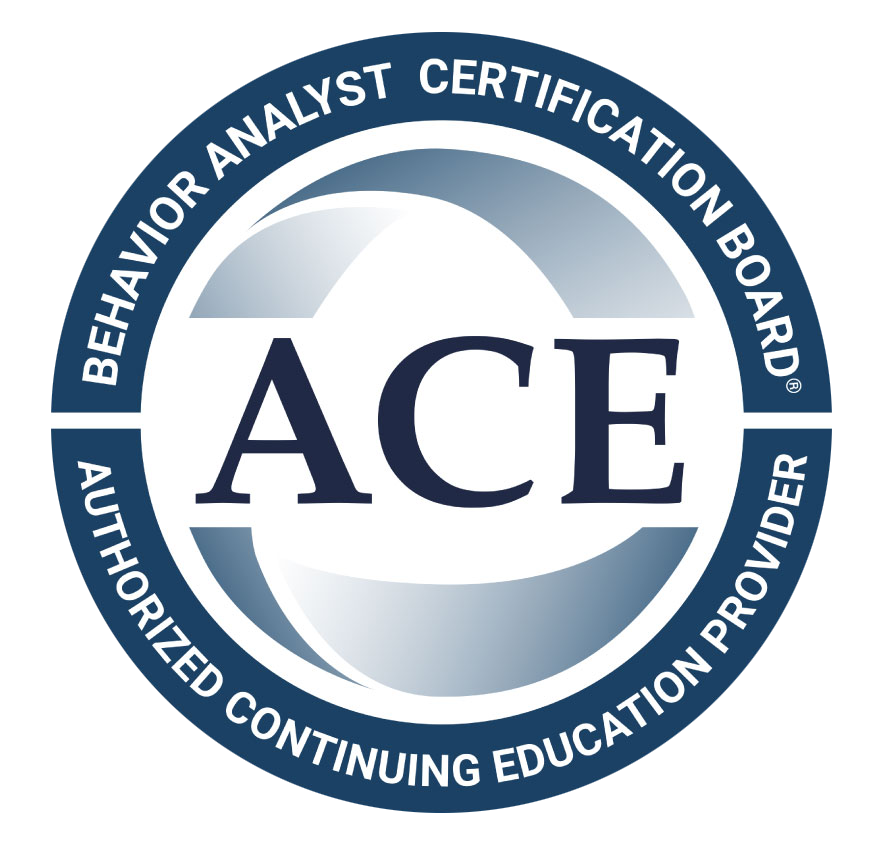Applied Behavior Analysis (ABA) therapy is a structured and evidence-based approach designed to support children with autism, including those as young as 2 years old. At this early age, ABA therapy focuses on fostering essential skills in communication, social interaction, and daily living.
Key Components of ABA Therapy for Toddlers
- Play-Based Learning:
ABA therapy for toddlers often integrates play into learning. Techniques like the
Early Start Denver Model (ESDM) incorporate play to teach new skills in a natural and engaging way.
- Discrete Trial Training (DTT): This method breaks down skills into small, manageable steps, providing clear instructions and immediate feedback to reinforce learning.
- Natural Environment Teaching (NET): NET involves teaching skills in the child's natural environment, making learning more relevant and applicable to daily life.
- Functional Communication Training (FCT): For nonverbal toddlers, ABA therapists may use tools like the Picture Exchange Communication System (PECS) to help them express needs and desires.
Therapy Settings and Duration
ABA therapy sessions for 2-year-olds can take place in various settings, including:
- Home-Based Therapy: Conducted in the child's familiar environment, promoting comfort and consistency.
- Clinic-Based Therapy: Provides a structured setting with specialized resources.
- School-Based Therapy: Supports integration into educational settings.
The frequency and duration of therapy sessions are tailored to each child's needs, with early intervention often leading to better outcomes.
Conclusion
ABA therapy for a 2-year-old is a personalized and dynamic process aimed at enhancing developmental skills through structured and play-based methods. If you're considering ABA therapy for your child, Connect n Care ABA offers specialized programs designed to meet each child's unique needs.
Ready to support your child's development? Contact Connect n Care ABA today to schedule a consultation and learn how our tailored ABA therapy programs can make a difference.
Frequently Asked Questions (FAQs)
What is the youngest age for ABA therapy?
ABA therapy can begin as early as 18 months, with early intervention showing positive outcomes.
Can autism be treated at 2 years old?
While autism is a lifelong condition, early intervention with therapies like ABA can significantly improve developmental skills.
How long should a child stay in ABA therapy?
The duration of ABA therapy varies based on individual needs and progress. Regular assessments help determine the appropriate length of therapy.
How do I know if ABA therapy is working?
Progress is monitored through regular assessments and data collection, focusing on improvements in communication, behavior, and daily living skills.









